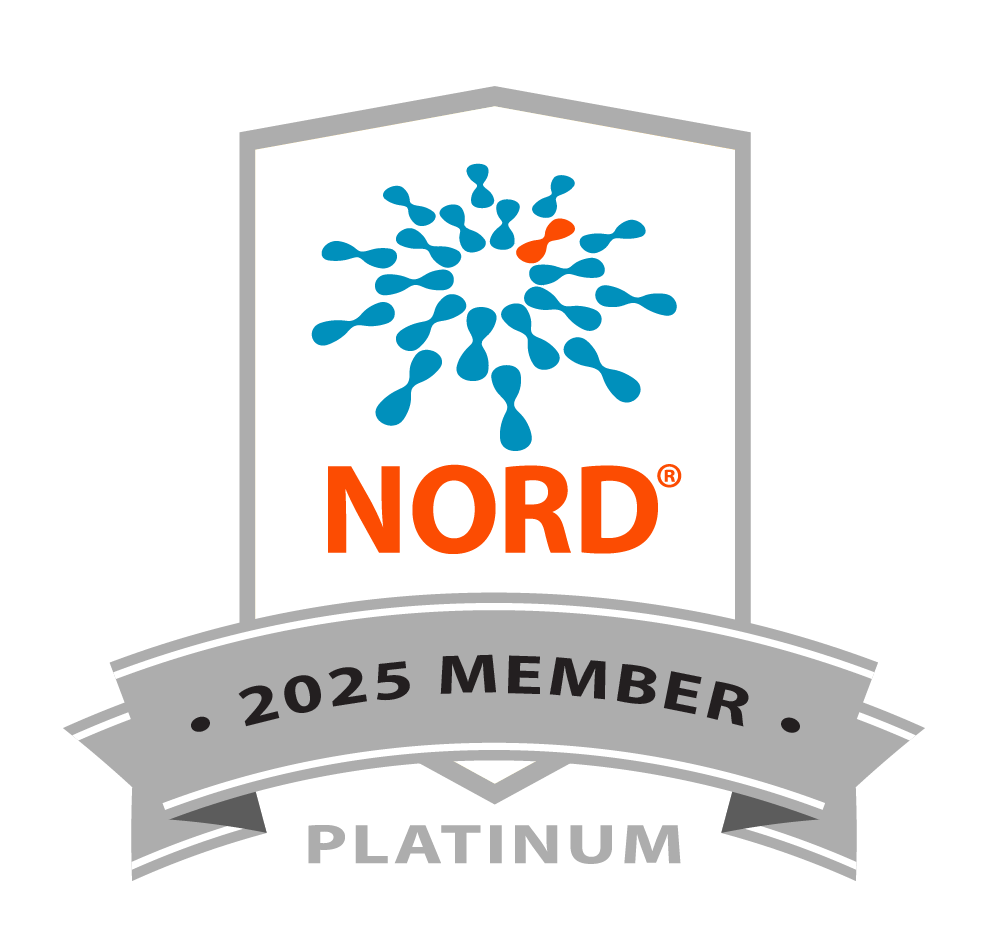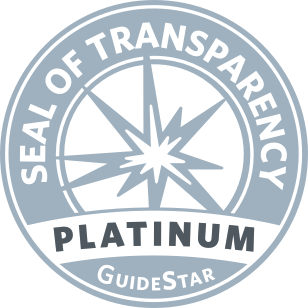ARVO 2025 Highlight: PYC Reports Encouraging Phase 1/2 Clinical Trial Results for its RNA Therapy Targeting RP (PRPF31 Mutations)
Research News
The company is planning a Phase 2/3 clinical trial for the therapy in late 2025.
PYC Therapeutics reported promising results from two Phase 1/2 clinical trials in the US and Australia for VP-001, its emerging RNA therapy for people with retinitis pigmentosa 11 (RP11) caused by mutations in the gene PRPF31. The company is planning to launch a Phase 2/3 clinical trial of VP-001 in late 2025.
The Phase 1/2 results were presented by Lesley Everett, MD, PhD, Oregon Health & Science University (OHSU), at the Retinal Therapy Innovation Summit on May 2, 2025, in Salt Lake City, Utah. The Summit was hosted by the Foundation and OHSU. In its 10th year, the Summit is held before the annual meeting of the Association for Research in Vision and Ophthalmology (ARVO).
The first two clinical trials for VP-001 enrolled a total of 18 patients. The PLATYPUS trial enrolled 12 patients who received a single dose of VP-001. The WALLABY trial enrolled 6 patients who received multiple doses of VP-001. Four dose levels – 3, 10, 30, and 75 μg – were evaluated in the trials. The trial investigators reported that 30 μg was the minimum dose of VP-001 with therapeutic potential. The company is also conducting an extension study called DINGO to continue dosing some patients previously dosed in PLATYPUS and WALLABY.
The trial investigators reported mean improvements in low luminance visual acuity (LLVA), the ability to read lines on an eye chart in dim light, for patients who received multiple therapeutic doses of VP-001. Additionally, the trial investigators reported mean improvements in microperimetry, which measures light sensitivity at different locations (foci) in the retina, for patients receiving multiple therapeutic doses in the two trials.
One trial participant said, “For the first time, I’ve seen airplanes in the sky. It was amazing! When we travel to the national parks and stay in our camper van, now I can get around at dusk by myself in unfamiliar places like new campgrounds. My visual field has widened – I see things in my environment I never was able to see.”
Treatment-emergent adverse (TEAE) events in PLATYPUS and WALLABY were mostly mild or procedure-related.
VP-001 is designed to modify RNA, the genetic messages that cells read to make the proteins critical to the health and function of all the cells in the body. By modifying RNA, protein expression can be boosted or reduced, depending on the therapeutic need. The therapy is delivered by an injection into the vitreous, the soft gel in the middle of the eye. Intravtireal injections are commonly administered in eye doctors’ offices.
In people with RP11, one copy of their PRPF31 gene is normal and producing a relatively normal level of protein while the other PRPF31 copy is mutated and not producing sufficient protein. The overall reduced level of PRPF31 protein for RP11 patients leads to retinal degeneration and vision loss.
Researchers from PYC found that by downregulating the activity of a different gene, CNOT3, they could boost PRPF31 protein expression. So, they developed VP-001, a tiny piece of synthetic genetic material designed to decrease the amount of RNA expressed by CNOT3, thereby increasing PRPF31 protein expression.




